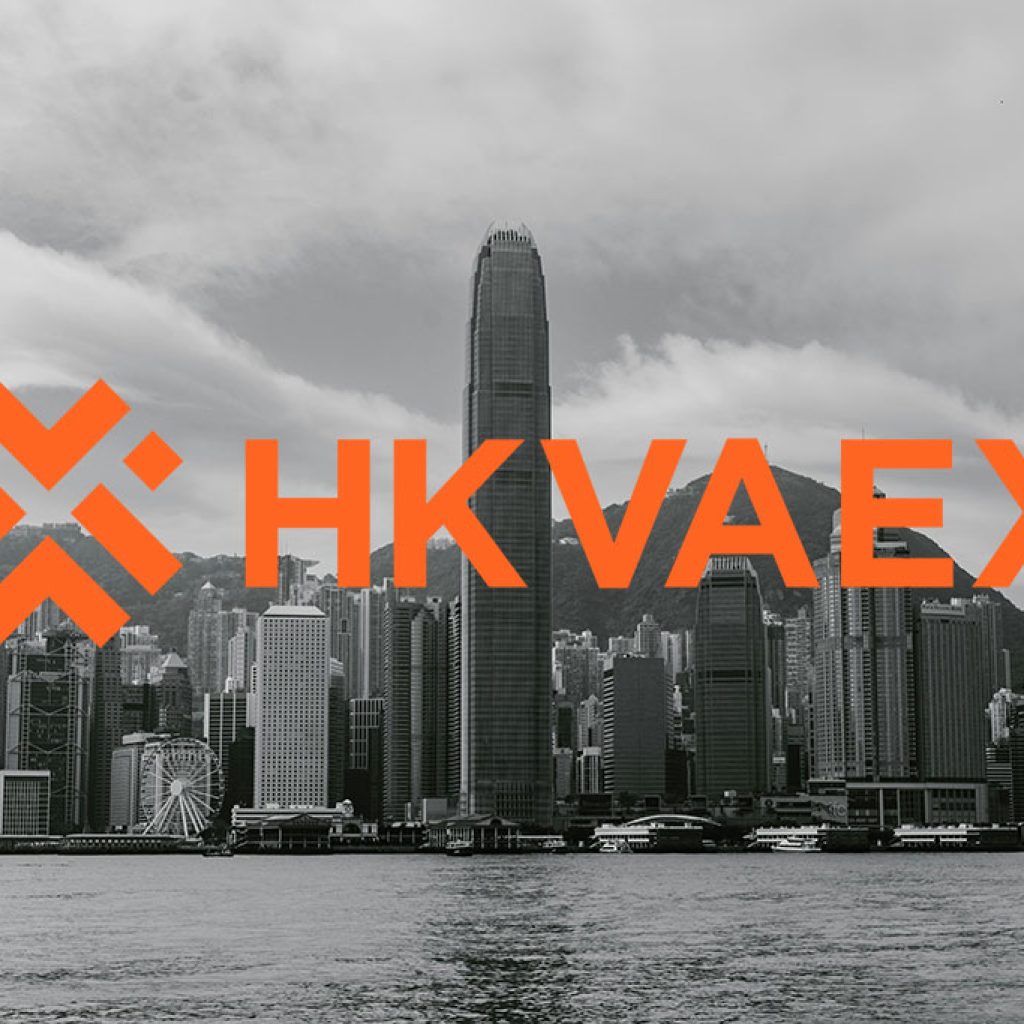Binance, the globally renowned cryptocurrency exchange, has recently made a game-changing announcement that has rippled through the crypto community. In a move expected to realign its trading landscape, Binance declared its intention to delist several major margin trading pairs, including heavyweights like Cardano (ADA), Polygon (MATIC), and Shiba Inu (SHIB), among others. This move, encompassing a total of 24 crypto margin pairs, marks the beginning of the end for BUSD stablecoin support on the platform.
A bold strategy: Major margin trading pairs on the chopping block
On November 1, Binance officially unveiled its roadmap for the month, emphasizing the delisting of select cross-margin and isolated-margin trading pairs by November 9. Some of the major crypto margin pairs that are set for removal include BCH/BUSD, ADA/BUSD, AVAX/BUSD, DOGE/BUSD, DOT/BUSD, FIL/BUSD, LINK/BUSD, LTC/BUSD, MATIC/BUSD, and SHIB/BUSD.
To many, margin trading has been an essential aspect of their trading strategies, enabling them to leverage their positions for potentially greater returns, albeit with increased risks. By delisting these pairs, Binance is signaling a notable change in its approach to margin trading, likely influencing other exchanges to reconsider their own stances on similar trading facilities.
Phasing out BUSD: A strategic pivot or a necessary realignment?
Underpinning Binance’s recent announcements is a broader strategy: the termination of BUSD stablecoin support by February 2024. For those unfamiliar with the intricacies of the crypto world, BUSD, or Binance USD, has been a pivotal stablecoin tethered to the value of the US dollar on a 1:1 ratio. Its regulated nature, having secured approval from the New York State Department of Financial Services (NYDFS), has made it a favored choice for traders seeking a stable asset amid the volatile crypto market.
The exchange’s decision to gradually phase out support for this stablecoin, therefore, begs the question: Why? While the specifics behind this move are yet to be fully disclosed, it does underscore Binance’s ambition to remain agile and adaptive to the ever-changing global crypto landscape.
Implications for Binance users: What You Need to Know
The upcoming changes aren’t just about crypto pairs. They also directly impact users, especially those engaged in margin trading. From November 3, 06:00 UTC, users will find themselves unable to access isolated margin borrowing facilities for the aforementioned crypto pairs. The stakes get even higher by November 9. Binance Margin will embark on a rigorous process of closing open positions, executing automatic settlements, and dismissing all pending orders linked to these margin pairs.
As the gravity of this development settles in, Binance’s directive to its user base is crystal clear: “Users will not be able to update their positions during the delisting process, and they are strongly advised to close their positions and/or transfer their assets from Margin Wallets to Spot Wallets before the cessation of margin trading at 2023-11-09 06:00 (UTC).”
In addition to the big names like ADA, MATIC, and SHIB, traders should be aware of other margin trading pairs facing delisting. These include AGIX/BUSD, APE/BUSD, BAKE/BUSD, FRONT/BUSD, GALA/BUSD, LUNA/BUSD, LUNC/BUSD, OP/BUSD, RUNE/BUSD, TRB/BUSD, USTC/BUSD, XLM/BUSD, and YGG/BUSD.
Given this scenario, current Binance users have some crucial decisions to make. Whether it’s recalibrating trading strategies, reshuffling portfolios, or exploring other exchanges, the onus is on individual traders to navigate this change in a manner aligned with their investment goals.
Conclusion
Binance’s recent announcement marks a significant departure from its previous operational strategy. As the entire crypto community watches closely, it remains to be seen how other exchanges and stakeholders will respond. One thing is certain: the dynamic world of cryptocurrency continues its trend of unpredictable twists and turns, demanding adaptability and foresight from its participants.





